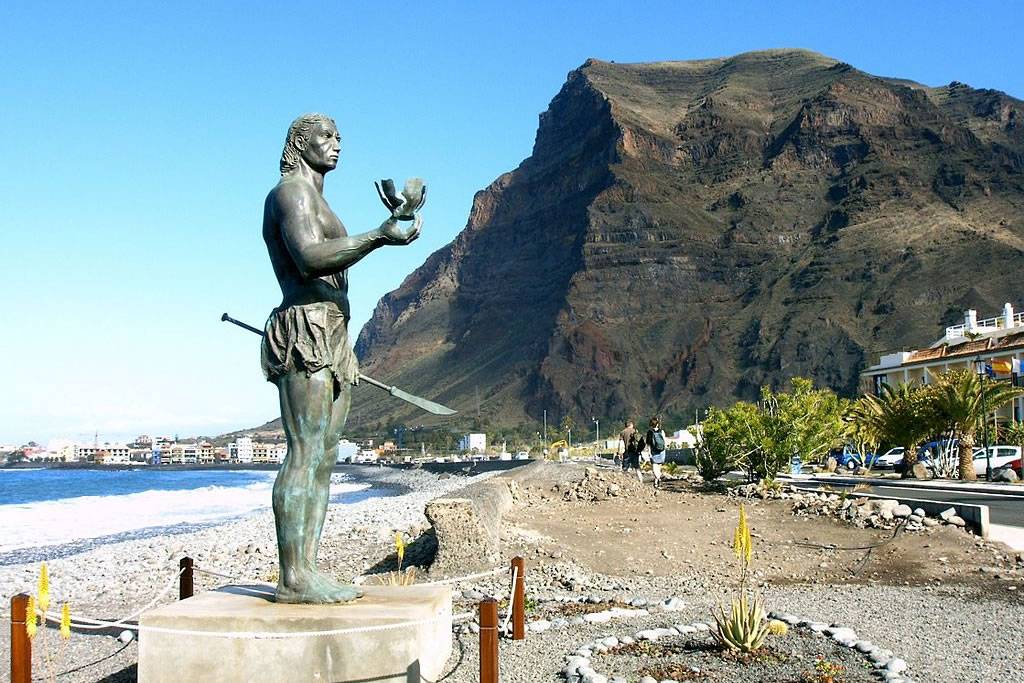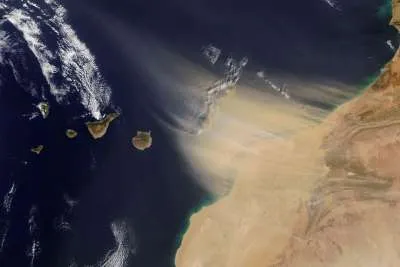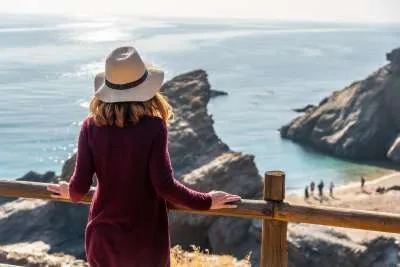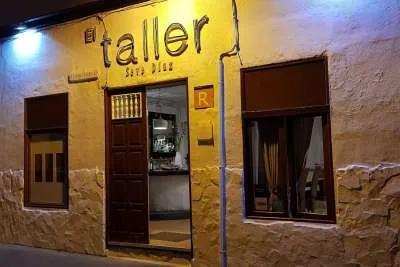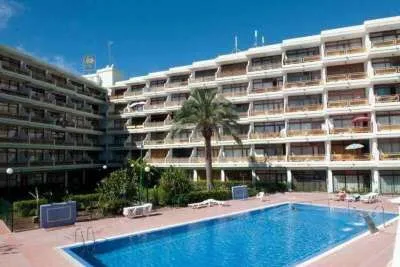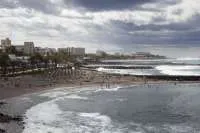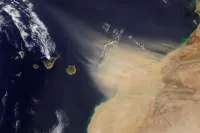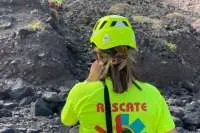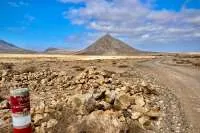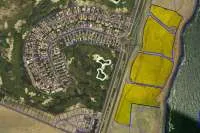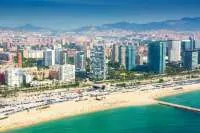The Canary Islands town that looks like Indonesia and where you can see whales in the wild
- 21-06-2025
- Travel
- Canarian Weekly
- Photo Credit: Hello Canary Islands
Perched between dramatic cliffs and deep ravines, a small village on La Gomera seems to defy its Atlantic location. The houses cling to steep hillsides, terraced crops carve whimsical patterns into the earth, and small boats bob gently in the rhythm of the ocean.
At first glance, this might be mistaken for a remote corner of Indonesia, but this is Valle Gran Rey, a place where time moves differently, and nature takes centre stage.
Here, visitors find a rare kind of silence. The beaches remain blissfully uncrowded, palm trees whisper in the breeze, and sunsets bathe the volcanic coastline in golden hues. Traditional Canarian life unfolds at an unhurried pace, blending seamlessly with the growing community of travellers drawn to its wild beauty.
A Vertical Landscape of Life
On La Gomera’s western flank, this village rises from sea level to over 1,200 metres in less than 33 square kilometres, a compact yet remarkably diverse patchwork of ecosystems. Terraced fields, palm groves, secluded beaches, and narrow trails interweave across its slopes. Its three principal neighbourhoods perch precariously along the mountainside, offering sweeping views of the Atlantic below.
Part of the village lies within the Garajonay National Park, a UNESCO World Heritage Site that protects the island’s ancient laurel forest, a living relic of Europe’s Tertiary period. Its cultural history is equally layered. The indigenous leader Hupalupa once led resistance against colonial forces here during the Rebellion of the Gomeros. Today, though still small, the village has grown to over 4,600 residents, a tight-knit community enriched by visitors who respect its pace and traditions.
Shorelines of Legend and Memory
The coastline tells its own stories. At Charco del Conde, legend claims the Lord of La Gomera once bathed in its calm waters. Not far offshore, La Baja del Secreto looms, a reef etched into local lore as the site where, in the 15th century, the infamous Hernán Peraza met his fate.
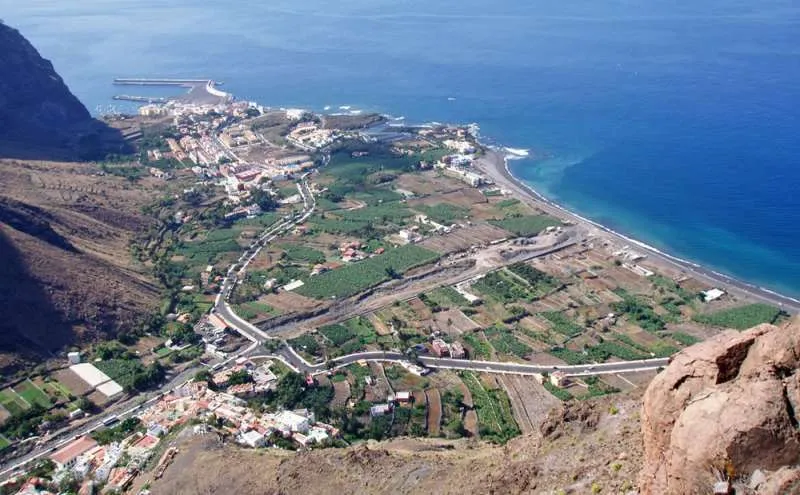
Yet the area’s most iconic shoreline is Playa del Inglés. Sheltered by the towering cliff of La Mérica, it opens to the northwest, where wild waves crash much of the year. In summer, the surf softens, revealing tranquil waters beneath fiery sunsets. As dusk descends, visitors often sit quietly on its black sands, watching the sun slip behind jagged cliff, nature’s silent spectacle.
A Front Row Seat to the Ocean’s Giants
But perhaps the village’s greatest wonder lies offshore. The surrounding waters are among the best in the Canary Islands for observing whales and dolphins in their natural habitat. Small boats venture out daily, offering intimate encounters with these marine giants against a backdrop of volcanic cliffs and endless sea. Few experiences rival the sight of a pilot whale or a pod of dolphins slicing gracefully through the surf, framed by the raw contours of La Gomera.
This village on La Gomera is more than just a destination; it is a living canvas of geological, biological, and cultural history. Each stone, wave, and whispering palm tells a story shaped by centuries of natural forces and human resilience. To walk its paths is to step into a world where nature still holds sway, and where every moment invites reflection.
Other articles that may interest you...
Trending
Most Read Articles
1.
2.
Featured Videos
A Vision of Elvis Tenerife Promo
- 10-05-2025
TEAs 2025 Highlights
- 17-11-2025


